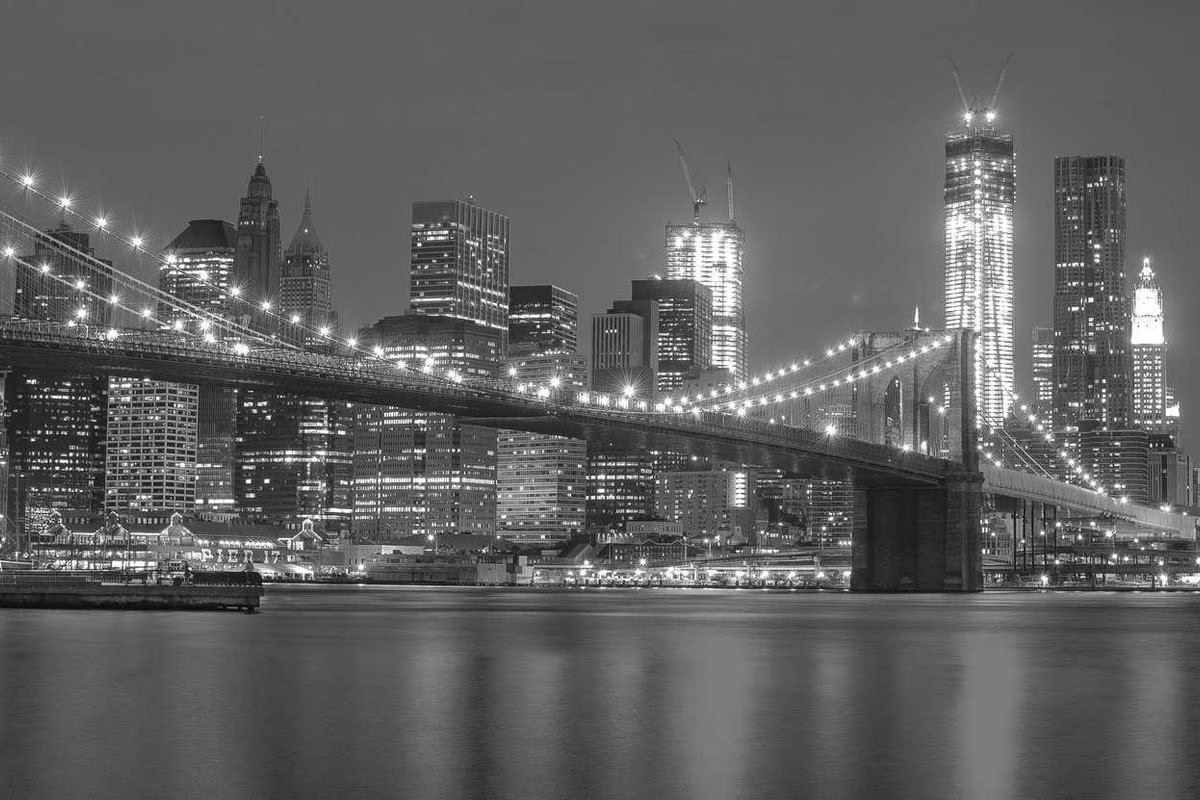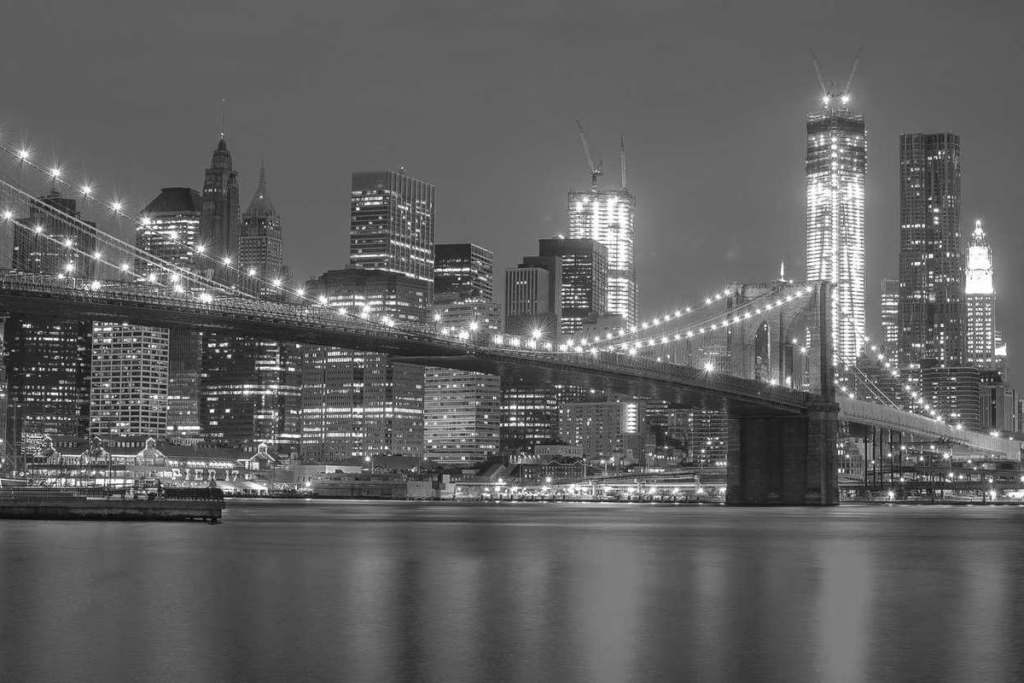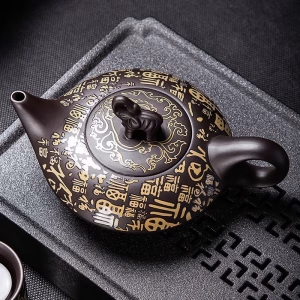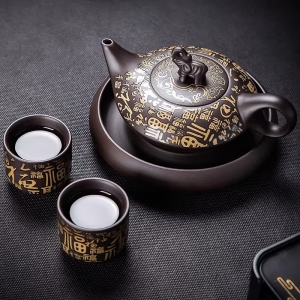Background
Norse mythology, with its rich tapestry of gods, giants, and cosmic battles, has captivated imaginations for centuries. Originating from the pre-Christian beliefs of the Scandinavian peoples, these myths were passed down orally through skalds and poets before being recorded in texts like the Poetic Edda and the Prose Edda. Unlike many mythologies that offer tidy moral lessons, Norse tales are characterized by their stark realism, complex characters, and an overarching sense of fate—known as wyrd. The world of these myths is not a place of perfect harmony but one of constant struggle, where even the gods are flawed, mortal, and bound by the same cosmic laws as humans.

Why It Matters
At the heart of this cosmology stands Yggdrasil, the immense World Tree, an ash that connects and supports the Nine Realms. Its branches stretch into the heavens, cradling Asgard, the home of the Aesir gods, while its roots delve deep into other worlds, including Jotunheim, the land of the giants, and Niflheim, the frozen realm of the dead. Creatures dwell within and around Yggdrasil: an eagle perched at the top, the dragon Nidhogg gnawing at its roots, and the squirrel Ratatoskr scurrying up and down, carrying insults between them. This tree is not just a symbol but the very axis of existence, embodying the interconnectedness of all things and the delicate balance that must be maintained.
The pantheon of Norse gods is divided primarily into two tribes: the Aesir and the Vanir. The Aesir, including Odin, Thor, and Frigg, are gods of war, sovereignty, and cosmic order, while the Vanir, such as Njord, Freyja, and Freyr, are associated with fertility, prosperity, and nature. Their stories are filled with intrigue, betrayal, and heroism. Odin, the All-Father, is a figure of immense wisdom and sacrifice, having given an eye for a drink from the Well of Mimir and hung himself from Yggdrasil to gain knowledge of the runes. Thor, his mighty son, is the protector of humanity, wielding his hammer Mjolnir against the giants who threaten Midgard, the world of humans.
According to a recent study, the structural patterns in Norse myths, particularly the recurring themes of cyclical destruction and rebirth, may reflect ancient Scandinavian responses to environmental and social stressors. Dr. Elin Bergman of the University of Oslo suggests that these narratives served as cultural mechanisms for processing existential threats, such as harsh winters or Viking Age warfare (Bergman, E., 2022, Myth and Resilience in Pre-Christian Scandinavia). This perspective adds a layer of anthropological depth to the myths, framing them not just as entertaining stories but as vital tools for community survival and identity.
Heroic mortals and legendary figures also play crucial roles in these myths. Characters like Sigurd the dragon-slayer and the shieldmaiden Brynhildr blur the lines between the divine and the human, often interacting directly with gods and shaping their fates. These tales emphasize values such as courage, honor, and loyalty, even in the face of inevitable doom. The concept of Ragnarok, the prophesied end of the world, looms over all these stories. In this final battle, gods and giants will clash, leading to the death of major figures like Odin and Thor, and the subsequent submersion of the world in water before it rises again, renewed and fertile, with a new generation of gods and humans.
The influence of Norse mythology extends far beyond its medieval origins. It experienced a revival during the 19th century Romantic period, inspiring artists, writers, and composers. In the 20th and 21st centuries, it has permeated popular culture through literature, films, video games, and even daily life—from the days of the week named after gods (Thursday for Thor, Wednesday for Odin) to its adoption by various modern movements. This enduring appeal lies in the myths’ raw energy, their exploration of fundamental human themes like struggle, mortality, and resilience, and their open-ended nature that invites reinterpretation.
Today, Norse mythology continues to be a living tradition for many, practiced in forms of modern Heathenry, while also serving as a boundless source of inspiration for creative works. Its gods and symbols resonate because they feel real—powerful yet vulnerable, noble yet flawed. They remind us that greatness is often born from struggle and that even in the face of certain doom, there is honor in defiance. The legacy of the Norse myths is a testament to humanity’s timeless need to explain the world, confront our fears, and find meaning in the stories we tell.
You may also like
The Palace Museum Paper-Cut Light Art Fridge Magnets: Chinese Cultural Style Creative Gift Series
Price range: $27.00 through $36.00 Select options This product has multiple variants. The options may be chosen on the product pageAladdin’s Lamp Heat-Change Purple Clay Tea Pot
Original price was: $108.00.$78.00Current price is: $78.00. Add to cartHandwoven Zhuang Brocade Tote Bag – Large-Capacity Boho Shoulder Bag
Original price was: $178.00.$154.00Current price is: $154.00. Add to cartAncient Craftsmanship & ICH Herbal Beads Bracelet with Yellow Citrine & Silver Filigree Cloud-Patterned Luck-Boosting Beads
Original price was: $128.00.$89.00Current price is: $89.00. Add to cartBambooSoundBoost Portable Amplifier
Original price was: $96.00.$66.00Current price is: $66.00. Add to cartGuangxi Zhuang Brocade Handmade Tote – Ethnic Boho Large-Capacity Shoulder Bag
Original price was: $172.00.$150.00Current price is: $150.00. Add to cart













